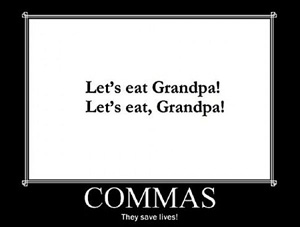 This morning, I got a whirlwind run-down on Giving USA 2013. Tom Mesaros, of The Alford Group, gave a lively overview of all those charts and graphs. (Shout-out to Pacific Continental Bank for making this info-packed, muffin-filled breakfast possible!)
This morning, I got a whirlwind run-down on Giving USA 2013. Tom Mesaros, of The Alford Group, gave a lively overview of all those charts and graphs. (Shout-out to Pacific Continental Bank for making this info-packed, muffin-filled breakfast possible!)
Tom made many good points. One of his Great Big Points was that, as a country, we’re pretty darn generous. Total contributions were $316.23 billion in 2012. Not exactly chump change. 72% came from individuals. Foundations account for 14%. When you figure that lots of the foundation money comes from individuals, this paints a rosy picture of our altruistic acumen.
Tom also spoke to some of the challenges we face as a sector. Terrible note-taker that I am, I didn’t manage to get them all down, but one really stood out: the growth challenge.
- Are people still hungry? Yes.
- Are there still homeless children on our streets? Yes.
- Is the environment still in danger of going up in smoke? Yes.
The list goes on and on. There is still significant unmet need. If we’re going to realizing our vision of a better world, we have to grow in order to meet his need.
Although we’re making a comeback from our 2008 ‘hiccup’, the report estimates we still have six to seven years to go before we hit pre-recessionary levels (adjusted for inflation, mind you). Cramped influx of capital with high unmet need. It’s kind of a conundrum.
Broken record alert: we’re only retaining 3 out of 10 donors. I feel like there’s a connection between this stat and the charts/graphs in the Giving USA Report and the aforementioned conundrum. If we can make headway on retention, imagine what that would do in terms of growth! Makes my heart palpitate.
Smart growth is complicated. Expanding and deepening engagement is complicated. I’ll give you that. But as I was sitting there this morning, I couldn’t help but think how much we’re under-utilizing a really cheap asset–language.
We’re using words anyway (at an average rate of 15,000 per day). If we made them count more, how much would that help with retention? With meeting unmet need? With engaging more people at a deeper level in this thing called philanthropy? Even if all we did was fixed our pitches, what impact would that have?
I wonder. I really, truly do.
 Yesterday, I spent the afternoon with the brave and audacious participants of the University of Washington’s
Yesterday, I spent the afternoon with the brave and audacious participants of the University of Washington’s  We often look to language to help us make sense of the world.
We often look to language to help us make sense of the world.
 Last week,
Last week, 